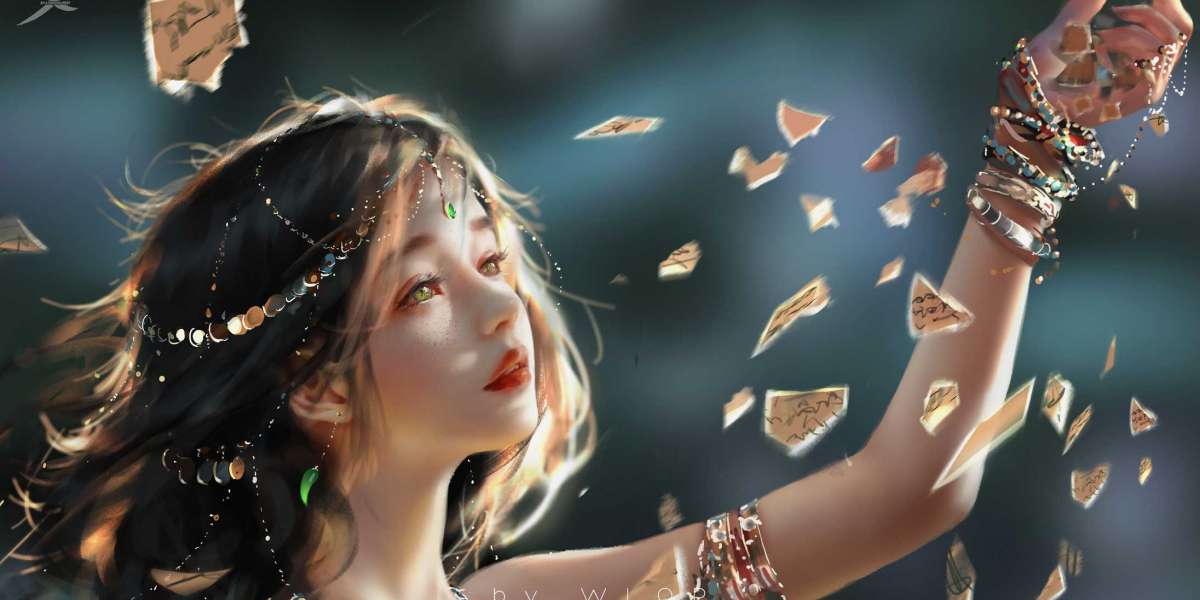In the world of miniature art, painted figures stand out as a captivating form of expression. These meticulously crafted pieces not only showcase the artist's skill but also tell a story through their intricate details and vibrant colors. Understanding the techniques behind achieving realism in painted figures can elevate your own creations and appreciation for this art form.
Understanding Painted Figures
What exactly are painted figures? They are small-scale representations of characters, often from anime, video games, or fantasy genres. These figures are typically made from materials such as resin or plastic and are painted by hand to bring them to life. The realism achieved in these pieces can be attributed to various techniques that artists employ during the painting process.
Essential Techniques for Realism
To create lifelike painted figures, artists utilize several key techniques:
- Base Coating: This foundational layer sets the tone for the entire figure. A smooth, even base coat is crucial for achieving depth in color.
- Layering: By applying multiple thin layers of paint, artists can build up color and create a more realistic appearance. This technique allows for subtle transitions between shades.
- Dry Brushing: This method involves using a dry brush to apply a lighter color over raised surfaces, enhancing texture and detail.
- Washing: A wash is a thinned paint that settles into the crevices of the figure, adding depth and shadow. This technique is essential for achieving a three-dimensional look.
- Highlighting: Adding highlights to specific areas can create the illusion of light reflecting off surfaces, making the figure appear more dynamic.
Choosing the Right Materials
The choice of materials plays a significant role in the outcome of your painted figures. High-quality paints, brushes, and tools can make a substantial difference. For instance, acrylic paints are popular due to their versatility and quick drying time. Additionally, investing in good brushes can enhance precision and control during the painting process.
Final Touches and Display
Once the painting is complete, consider the finishing touches. Sealing your painted figures with a clear coat can protect the paint and enhance the overall appearance. Furthermore, displaying your figures in a well-lit area can highlight their details and colors, allowing viewers to appreciate the artistry involved.
For those interested in exploring more about painted figures and related techniques, resources such as  can provide valuable insights and inspiration.
can provide valuable insights and inspiration.
In conclusion, the art of painted figures is a rewarding endeavor that combines creativity with technical skill. By mastering the techniques outlined above, artists can create stunning miniature pieces that captivate audiences and convey intricate stories. Whether you are a seasoned artist or a beginner, the journey of painting figures is one filled with endless possibilities.








